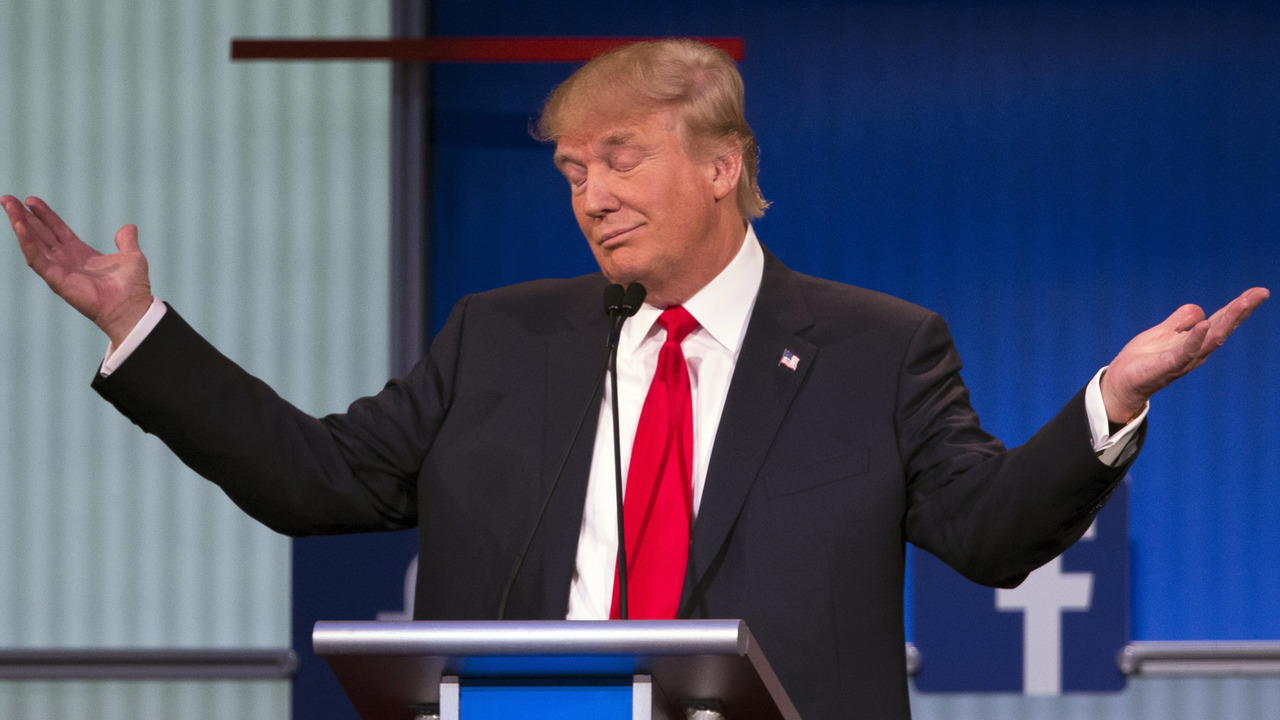

I have some financial planning clients who are worried about what Donald Trump might mean for stocks. The reasons for this are his seemingly erratic behaviour, his penchant for hitting countries with tariffs and his other ‘non-conventional’ political actions. As a result, they want to take cover from a potential stock sell-off.
Last week I shared with readers of this newsletter Switzer Daily and subscribers to the Switzer Report, the 2025 investing views of AMP’s Shane Oliver.
Here are some of his main points:
I largely agree with Oliver, though the 15% correction could be on the high side for Australian stocks, as we haven’t had the same large gains that US stocks have enjoyed, because we’re not heavily tech influenced. Our market has been more mirroring the Dow Jones index which is less tech-dominated.
Today we see the December quarter core CPI. If that’s a good number, then economists will tip rates will be cut in February, which should help local stock prices. Keep your fingers crossed!
On Monday, the Nasdaq fell by 3.07% because the likes of Nvidia now have a Chinese rival called DeepSeek. Wall Street is now re-assessing what Nvidia’s share price should be. The S&P 500 fell by 1.46% on Monday but the Dow rose 289 points (or 0.65%).
(By the way, the irrepressible Yanks bought Nvidia today and it was up 6% before the close! And the Nasdaq, the S&P 500 and Dow were all up.)
The US market could have a big-tech correction, but other US companies should benefit from falling interest rates, Trump’s promise of less regulation and taxes, along with the AI benefits that will flow to businesses in the future. Also, right now US company profits are beating expectations and there’s nothing that threatens this right now.
Of course, if Trump overplays his tariff threats and inflation spikes in the US, these could be forces that bring about the correction Shane Oliver predicted. So might the fact that US stocks (as measured by the S&P 500) have lifted 67% since mid-October 2022.
That said, the headwinds of the unpredictable nature of Donald Trump are being more than offset by these tailwinds:
Meanwhile, the headwinds look like the following:
OK that’s the tailwind/headwind story. But what are the experts saying?
CNBC recently reported the following: “The latest weekly survey from the American Association of Individual Investors showed that just 25.4% of respondents expected stocks to rise over the next six month. On the other hand, 40.6% predicted stocks would decline over that period, for a negative gap of more than 15 percentage points.”
Looking at this, Bank of America’s Stephen Suttmeier told his clients that the difference between those bullish or positive and bearish/negative in this survey was minus 26, a reading not seen since November 2023.
In the preceding months to October, there was a big sell-off but from November onward stocks surged.
RBC Capital Markets strategist Lori Calvasina sees the current negativity creeping in as a “good fear” thing. “This data set tells us that the current period of stock market malaise may not be done yet, as the four-week average hasn’t yet returned to one standard deviation below the long-term average, a level that helped mark the lows in US equities in the fall of 2023,” Calvasina told CNBC.
“But the removal of froth in investor sentiment that was evident in this survey in October 2024 admittedly improves the setup for stocks over the next 6-12 months,” she added.
On Monday, the threat of a Chinese rival for Nvidia and that company seeing a $600 million loss in market value in a day, reminds me that big tech in the US could easily see lower or slower rising share prices in 2025 because they have surged, but it doesn’t mean that the overall US stock market can’t advance.
I liked this from the chief investment strategist at CFRA Research, Sam Stovall, who’s one of the best market-callers on Wall Street. Stovall said the following to CNBC: “We’re going to have volatility, especially when we’re dealing with a richly valued market and exogenous events... [but] I’ve also been encouraged by investors not bailing out of stocks necessarily, but are rotating into the defensive areas, like consumer staples, health care, real estate.”
Although this doesn’t always hold, the statistics are pretty convincing.
What do the numbers say?
The tradingacademy.com reports that the January Barometer isn’t just a catchy phrase—it has some statistical weight behind it. According to historical data from the S&P 500:
“But it’s not always perfect. Take 2016, for example. January was an absolute dumpster fire, with the S&P 500 falling over 5% as recession fears gripped the market. Yet, by year-end, the market had completely rebounded, closing up a healthy 9.5%. The January Barometer took a loss on that one,” Merlin Rothfeld of The Trading Academy revealed.
My view is that 2025 should be another up year but it might pay you to reduce your exposure to very high growth stocks and go a little more defensive. Clearly, we have to watch the decisions of Donald Trump, but historically he likes to be liked by Wall Street, and he plans to pressure the US central bank not to be too stingy on rate cuts, which should be a plus for stocks.
However, if inflation starts to rise in the US, I could be keen to be more defensive with my stock plays. It’s my job to watch these sorts of things and that’s exactly what I’ll be doing.
For the time being, take on the words of Bobby McFerrin who sang: “Don’t worry, be happy.”